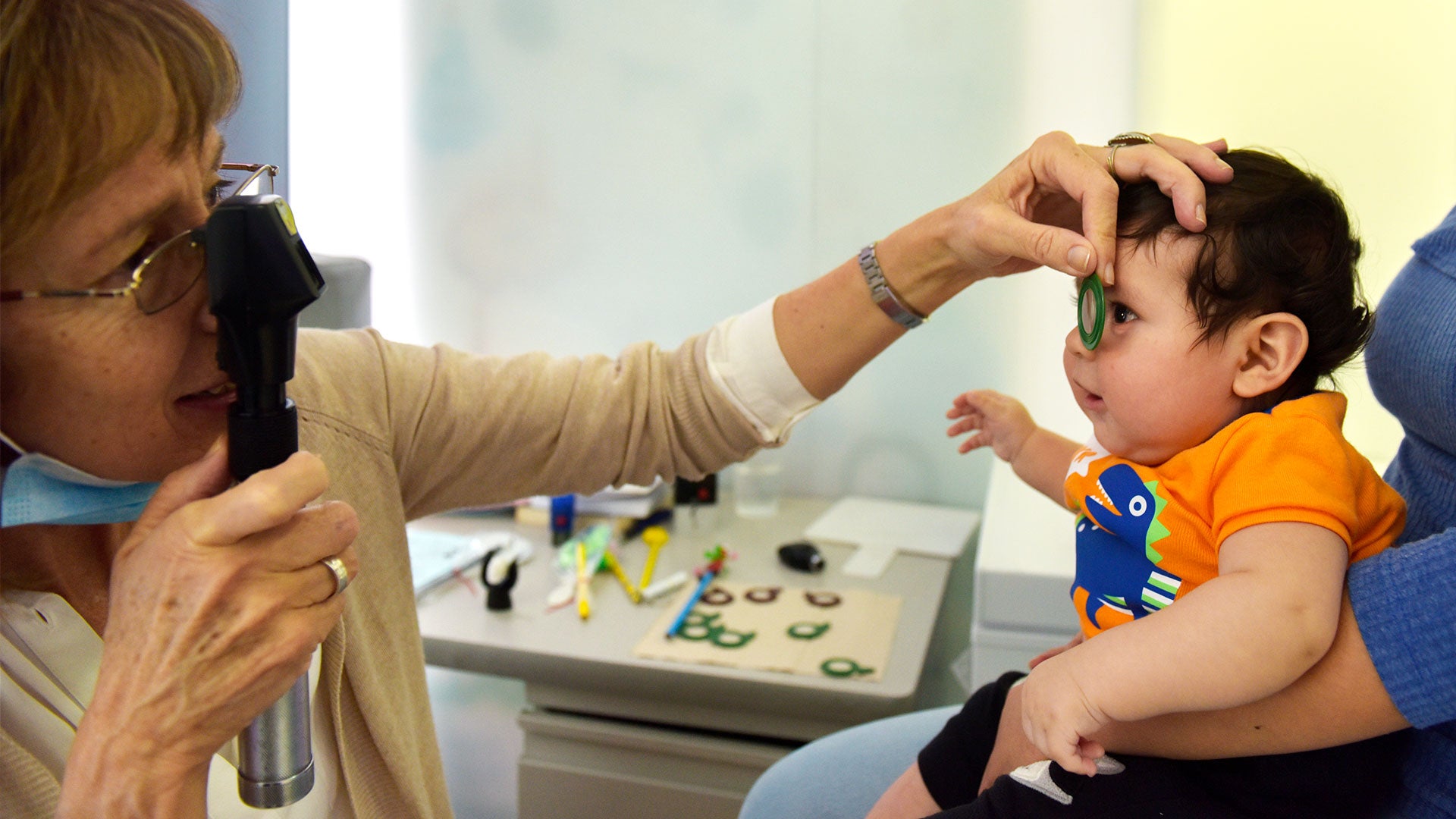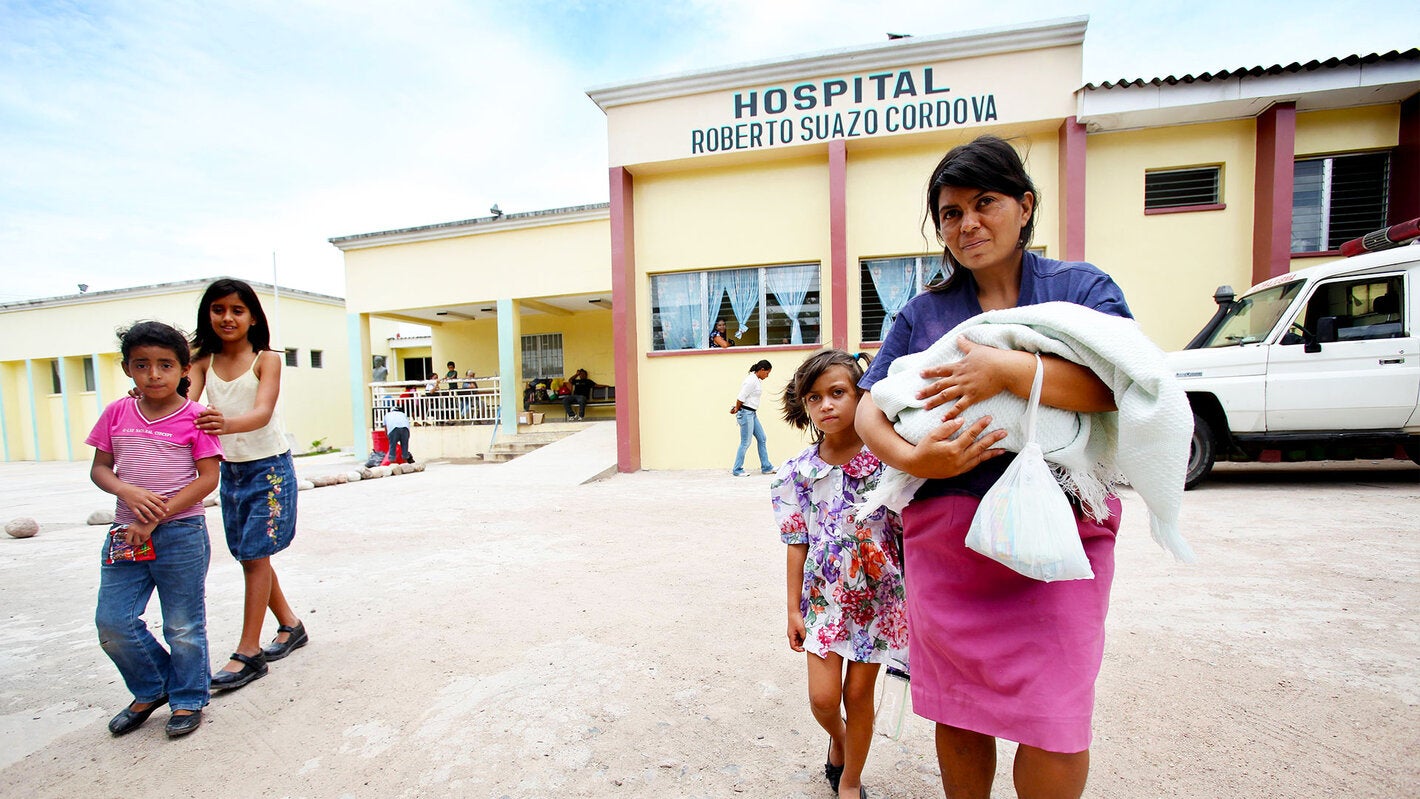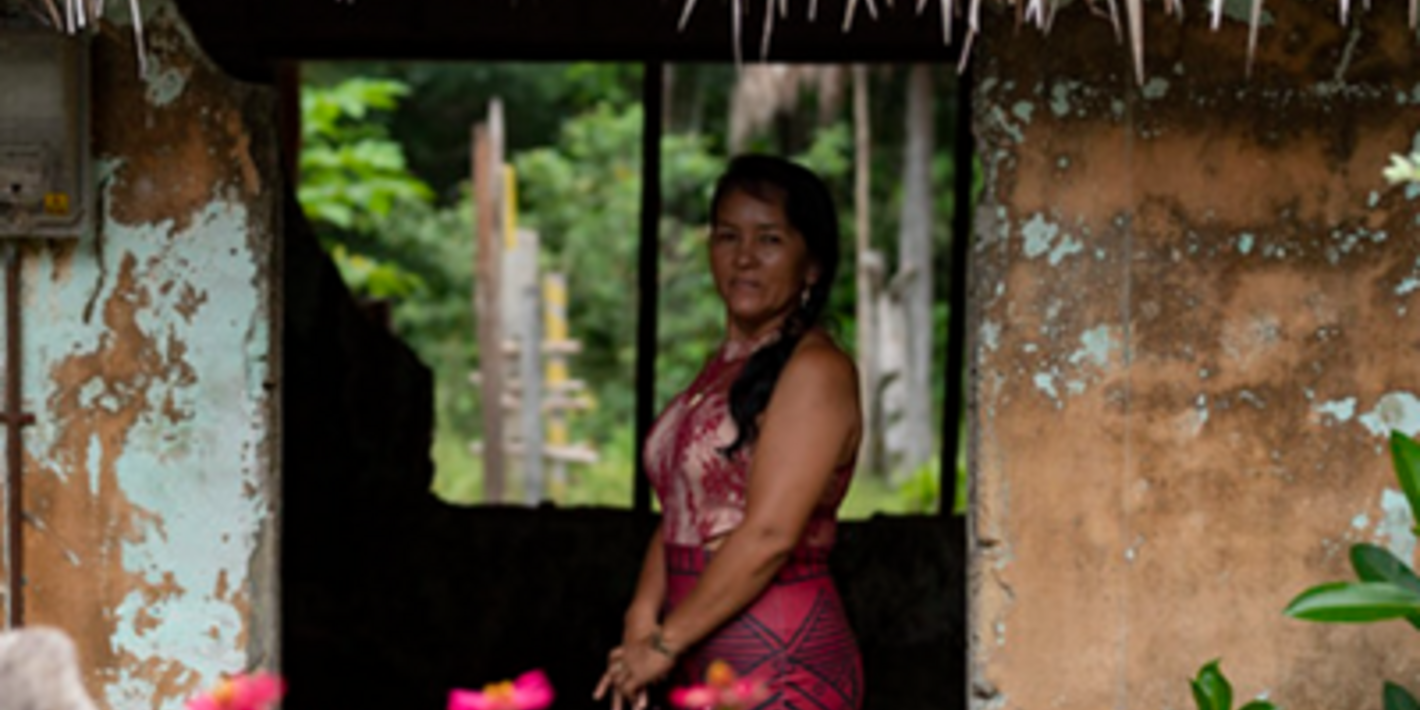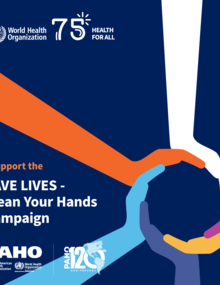Health services is about promoting the development and strengthening of health systems in the countries of the Region, promoting progress towards universal health, and taking as central the right to health, equity, and solidarity.
Key facts
- Bearing in mind that the health situation of the Americas has improved considerably in recent decades, social policies aiming to alleviate poverty and improve health and well-being have resulted in significant improvements in life expectancies and health outcomes, and that national health systems are more inclusive and responsive.
- Policies supporting sustained development and investment in health systems and social and economic stability contribute both directly and indirectly to improved health and well-being, alleviation of poverty, elimination of inequities, and health system resilience.
- Health systems remain highly vulnerable to risks that significantly impact local, national, and global health, debilitating the response capacity of health systems and eliminating gains in health outcomes and social and economic development.
PAHO Response
The technical cooperation work of the organization in the areas of health services and access is planned according to the Strategy for Universal Access to Health and Universal Health Coverage in the region of the Americas. This strategy articulates the conditions that enable countries to guide and evaluate their policies and measure progress around four simultaneous and interdependent lines of action, and are the following:
- Expanding equitable access to comprehensive, quality, people- and community-centered health services
- Strengthening stewardship and governance
- Increasing and improving financing, with equity and efficiency, and advancing toward the elimination of direct payment that constitutes a barrier to access at the point of service
- Strengthening intersectoral action to address the social determinants of health
























